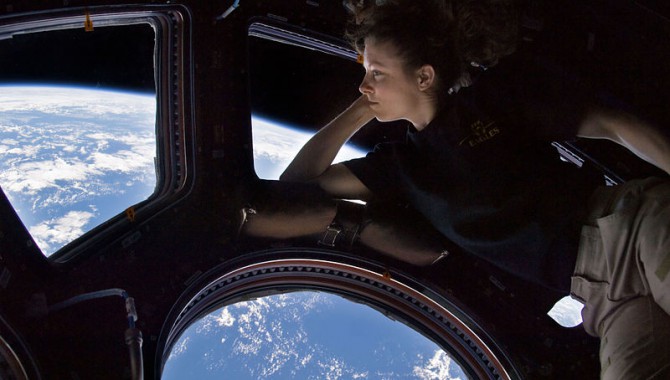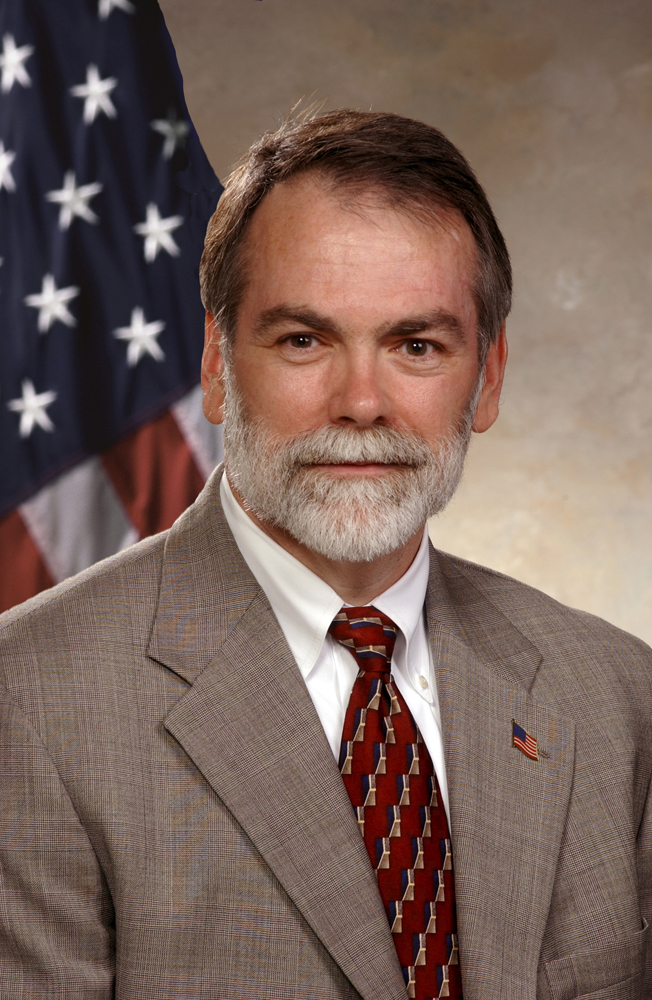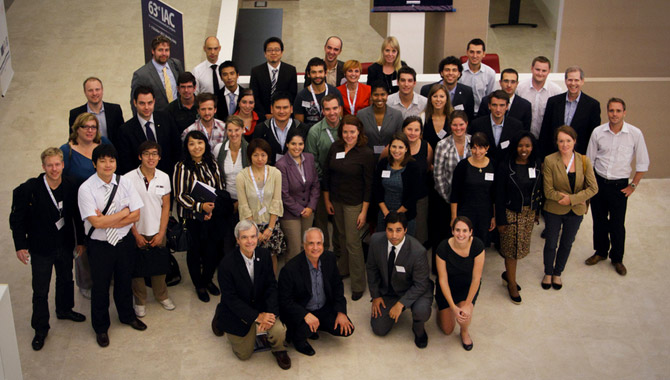
NASA astronaut Tracy Caldwell Dyson, Expedition 24 flight engineer, looks through a window in the Cupola of the International Space Station. A blue and white part of Earth and the blackness of space are visible through the windows. The image was a self-portrait using natural light. Photo Credit: NASA
Vol. 5, Issue 10
Knowledge can be found at your fingertips—if you’re willing to look for it.

NASA astronaut Tracy Caldwell Dyson, Expedition 24 flight engineer, looks through a window in the Cupola of the International Space Station. A blue and white part of Earth and the blackness of space are visible through the windows. The image was a self-portrait using natural light.
Photo Credit: NASA
I remember when an earthquake shook the offices at NASA Headquarters and the surrounding DC/Virginia area last year. What I didn’t know at the time was that tweets about the earthquake travelled faster than the actual seismic waves. That same year, NASA Astronaut Ron Garan received a tweet asking what the temperature outside the space station was. @Astro_Ron sent back his answer #fromspace while onboard the International Space Station. I am amazed by how social media not only facilitates quick communication to large audiences, but also enables access to sources of knowledge that might otherwise be out of reach.
For quite some time, I have been experimenting with a number of social media platforms, but only recently have I started to pay closer attention to the way I use them. For instance, Twitter I use for browsing and serendipitous snippets I find of interest tweeted out by anyone from Tom Hanks to Steve Martin to the NASA History Office, or the Project Management Institute. I never really know what I’m going to find. On Google+, I prefer to have more focused and often asynchronous conversations with my various communities ranging from the students I teach to my professional colleagues from around the world.
I’ve written in the past that as a project manager, social media is one way to communicate a project’s story to stakeholders in a timely and cost effective manner in order to keep a project “sold.” For all reflective practitioners, social media is a way to discover knowledge in unlikely places or gain access to sources and experts when travel budgets, schedule conflicts, or enrollment get in the way.
A digital learning revolution is shifting the ground beneath our feet. Tools and platforms as varied as Quora, Reddit, the Khan Academy, and even APPEL’s newly released iBook point toward a larger trend, the democratization of knowledge, which Steve Denning summarizes as simply, “Anyone can know anything.” This is coming closer to reality every day. Learning, conversations, and knowledge transfer no longer happens only when people gather together in the same room. It can take place anywhere: a desktop, laptop, or in your hand.
While there is something irreplaceable about face-to-face interaction, there is something that is irreplaceable about being networked through these connections. As Richard Branson, founder of the Virgin Group, recently blogged, “Anyone who thinks new technology isn’t going to keep changing the world has got their head in the sand. Embracing social media isn’t just a bit of fun, it is a vital way to communicate, keep your ear to the ground and improve your business.”
While I sometimes feel like I’m pushing out a message to the ether la Voyager, and asking ‘Does someone have an answer for me?’ or ‘Is there anybody listening out there?’, more often than not, in the case of social media, somebody usually is. And the true accomplishment is when a dialogue is initiated as a result.
Just as email kick-started an uncomfortable transition into a new way of sending messages, social media is changing the way we network, engage, and discover who we don’t know, what we don’t know, and even challenging what we know. Our new reality, especially in the project world, is that we can’t keep trying to put everything into a box when we exist in a world that is increasingly open and connected.









